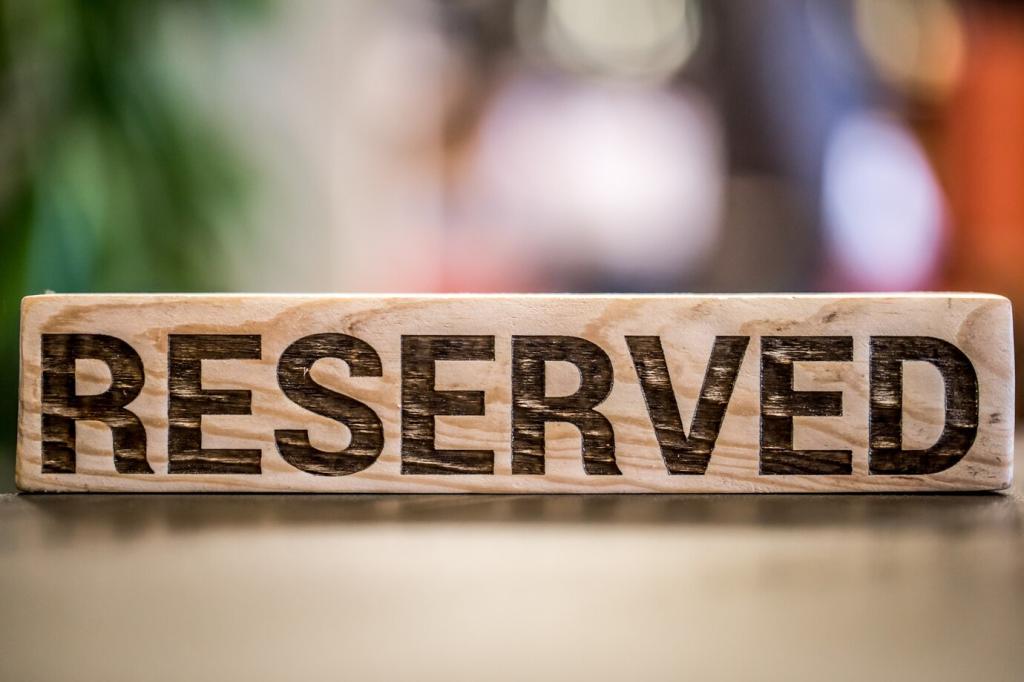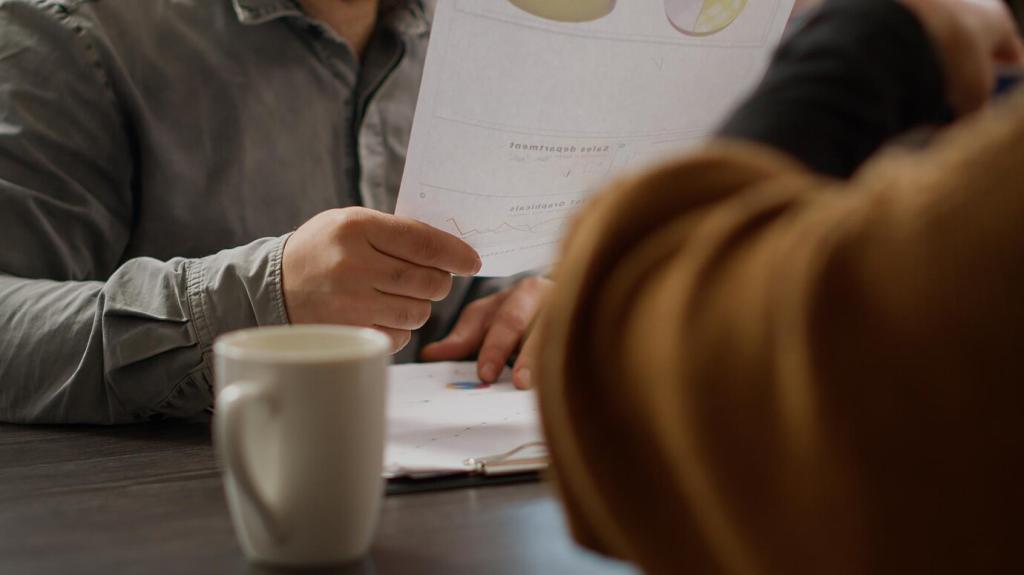
Restore the Soul of Vintage Tables
Chosen theme: Authentic Refinishing Techniques for Vintage Tables. Step into a workshop where patience, craft, and respect for history guide every stroke, bringing timeworn surfaces back to life without erasing the stories written into the wood.
Study color, pore structure, and grain. Oak shows open pores and medullary rays; mahogany reveals chatoyance; walnut leans chocolate-brown. Examine unfinished undersides and drawer interiors, and note weight and scent to confirm your identification confidently.
Know Your Table: Wood, Era, and Original Finish


Gentle, Authentic Preparation
Start with dusting, then use a pH-neutral soap with distilled water, wrung cloths, and patience. Lift grime in layers, not swaths. Cotton swabs around carvings protect delicate edges and leave the warm age glow untouched.
Gentle, Authentic Preparation
If shellac is present, an alcohol poultice and a sharp card scraper will coax it free without gouging fibers. Work with grain, ventilate well, and keep tools keen so shavings, not dust, record your careful progress.
Repairs the Old Way
Hot hide glue grabs quickly, cures hard, and releases with heat and moisture. That reversibility is priceless. Reglue loose mortise-and-tenon joints, clean old squeeze-out, and avoid modern adhesives that permanently lock future restorers out.

Color and Patina: Matching What Time Made
Alcohol-soluble aniline dyes penetrate cleanly and mix predictably. Layer thin washes and adjust with earth pigments to steer warmth or depth. Always sample on offcuts or hidden areas before committing to the visible tabletop.
Color and Patina: Matching What Time Made
Oxalic acid lightens iron and water stains without bleaching surrounding wood harshly. Neutralize thoroughly with baking soda solution, rinse sparingly, and let dry fully. Uniformity matters; blend adjacent zones so transitions feel seamless and natural.
Protective Finishes That Respect Age
Dewaxed shellac as a forgiving barrier coat
Dewaxed shellac sticks to almost anything and lets almost anything stick to it. It warms color, seals dye, and sands to powder. This flexible, traditional barrier keeps future finishing options open for later caretakers.

Care, Use, and Community
Daily care that preserves authenticity
Use coasters, wipe spills quickly, and avoid silicone polishes that complicate future finishes. Maintain stable humidity to protect joints and veneer. Gentle dusting beats aggressive cleaning; small habits compound into decades of preserved character.
A farmhouse table’s second life
We once rescued a 1930s oak farm table scarred by canning jars. Soft cleaning, hide-glue repairs, and a delicate shellac-and-wax finish kept every honest scratch. The family cried at delivery; history felt safe in their kitchen again.
Join the conversation and share your table
Post photos, ask questions, and subscribe for new techniques. What finish tests surprised you? Which repair challenged your patience? Your experiences enrich this community and guide future articles on authentic refinishing for vintage tables.
